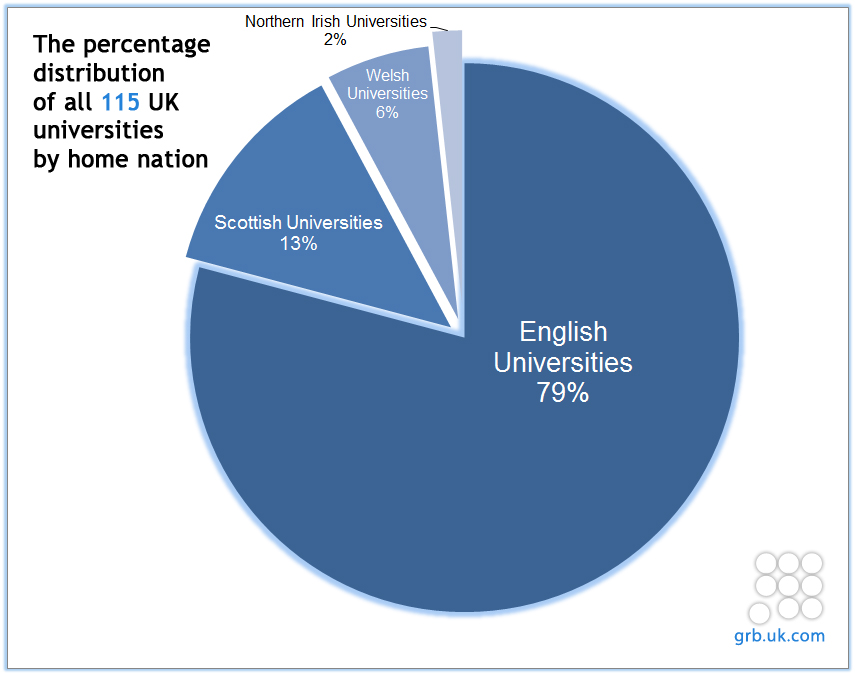As summer stretches out before us, we're sure that most of your minds are occupied with Wimbledon, that long-awaited beach holiday, or possibly a festival weekend. But please spare a moment's thought for all those poor 16 and 17 year olds up and down the country. For them, the euphoria that comes with finishing exams will have worn off, only to be replaced with anxiety and sleepless nights thinking about results day, A2 exams next year, and, of course... university applications. Instead of partying, efforts will now be channelled into traversing the country attending open days and studying prospectuses, trying to decide on the best course for them. But there is a tool that can shed light in this dark and difficult time: university league tables. These yearly tables are also used by employers to determine which graduates are most desirable for their graduate placements. In order for you to fall into this 'desirable' category usually requires your university to be in the top 40, although, of course, the higher the better.
There may be disputes over which league tables should be paid attention to, but for this particular study, we have taken data from
The Complete University Guide as they had the most historial data available online.
So how have the top 40 changed?


Suffice to say, these league tables are a big deal. Whether your university is in the Top 40 or not can have a major impact on the outcome of job applications. As such, we've identified five things we think you should know about the Top 40 and how it has changed over the past 10 years...
1. It's the same old story with the Top 10
Once again Oxford and Cambridge, renowned for their obsession with tradition, have managed to maintain the eternal battle for the top 2 spots. The rest of the top 10, though slightly more fluid, has also remained relatively unchanged with the likes of LSE, Imperial College and Durham at 3rd, 4th and 5th respectively. In fact the average rank of seven universities (Oxford, Cambridge, Imperial College, LSE, UCL, Warwick, and Durham) since 2005 is 5th, which serves to further cement their reputation.
2. But this isn't to say that there's 'no hope' for other universities
There is significant variation at the lower end of the top 40 universities meaning there is potential for universities to really climb. The University of Surrey is a great example of this. As we can see it has climbed a staggering 33 places, from 41 to 8, in only 5 years. So don't worry if your university is ranked 40th when you start your course; by the time you graduate it could be in the Top 10.

3. There is no relationship between age and success
It is a common perception that being founded by King Arthur, pre-dating modern civilisation and endorsing age old tradition guarantees a top spot within the Top 40 universities. But current and previous tables display no evidence of this at all. So whether your campus is styled in the Gothic or was part of some doomed 60s architectural experiment, its age has no bearing on whether it'll be in the top 40.
4. It doesn't matter where your university is
Universities in England, Scotland, Wales and Northern Ireland are, more or less, proportionally represented within the top 40 (32 English, 6 Scottish, 1 Welsh, 1 Northern Irish). The charts below show that no one nation has any lead over the rest.


5. There can be huge disparity between overall rank and subject rank
Remember to always consider your university's rank for your course. The University of Dundee was ranked 42nd in 2016 overall, but for mathematics it was ranked 8th. Focussing on your subject rank can be useful for impressing in an interview or for bragging rights in the pub.

 Suffice to say, these league tables are a big deal. Whether your university is in the Top 40 or not can have a major impact on the outcome of job applications. As such, we've identified five things we think you should know about the Top 40 and how it has changed over the past 10 years...
Suffice to say, these league tables are a big deal. Whether your university is in the Top 40 or not can have a major impact on the outcome of job applications. As such, we've identified five things we think you should know about the Top 40 and how it has changed over the past 10 years...







